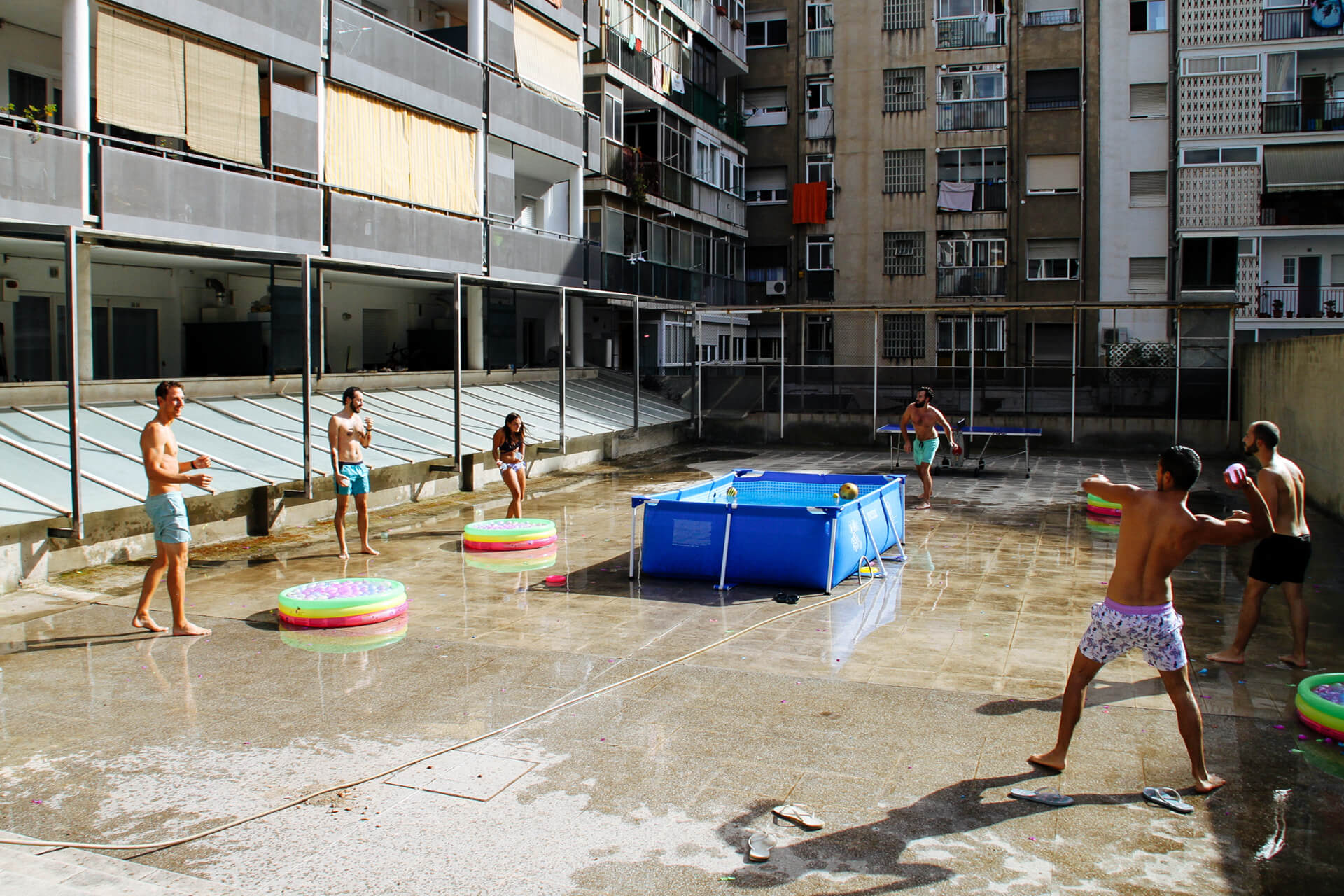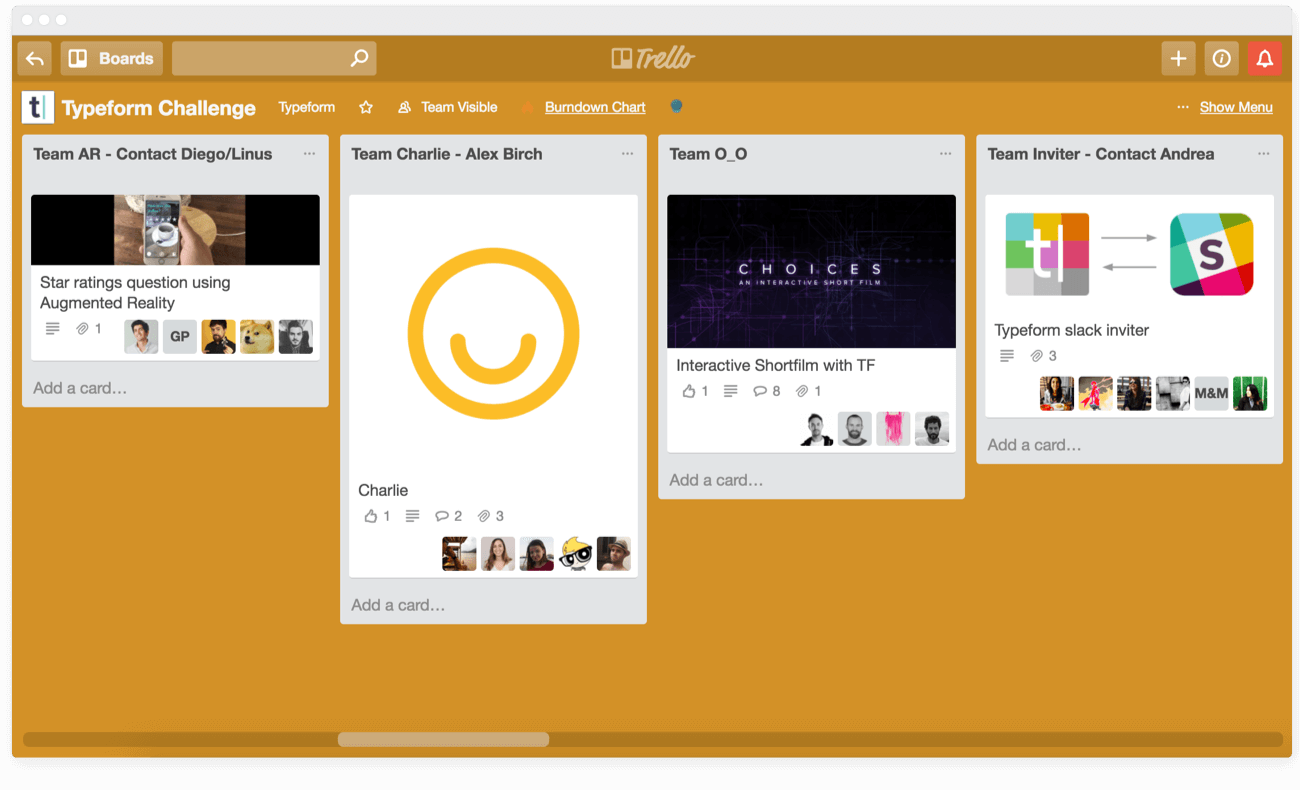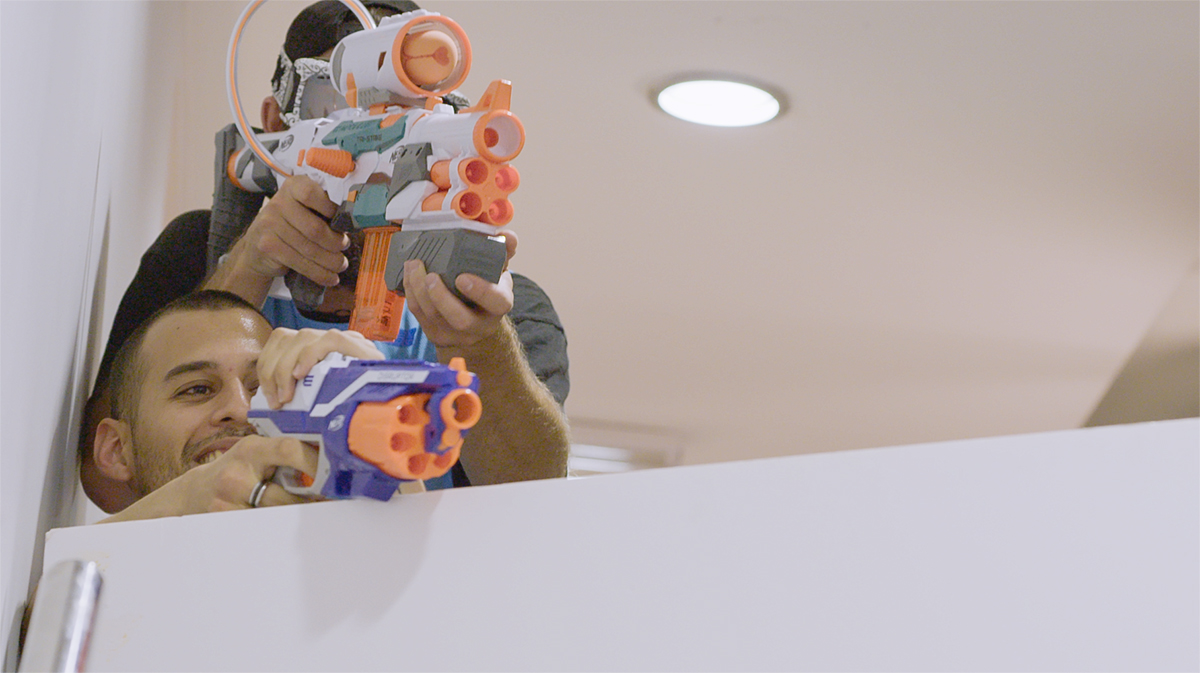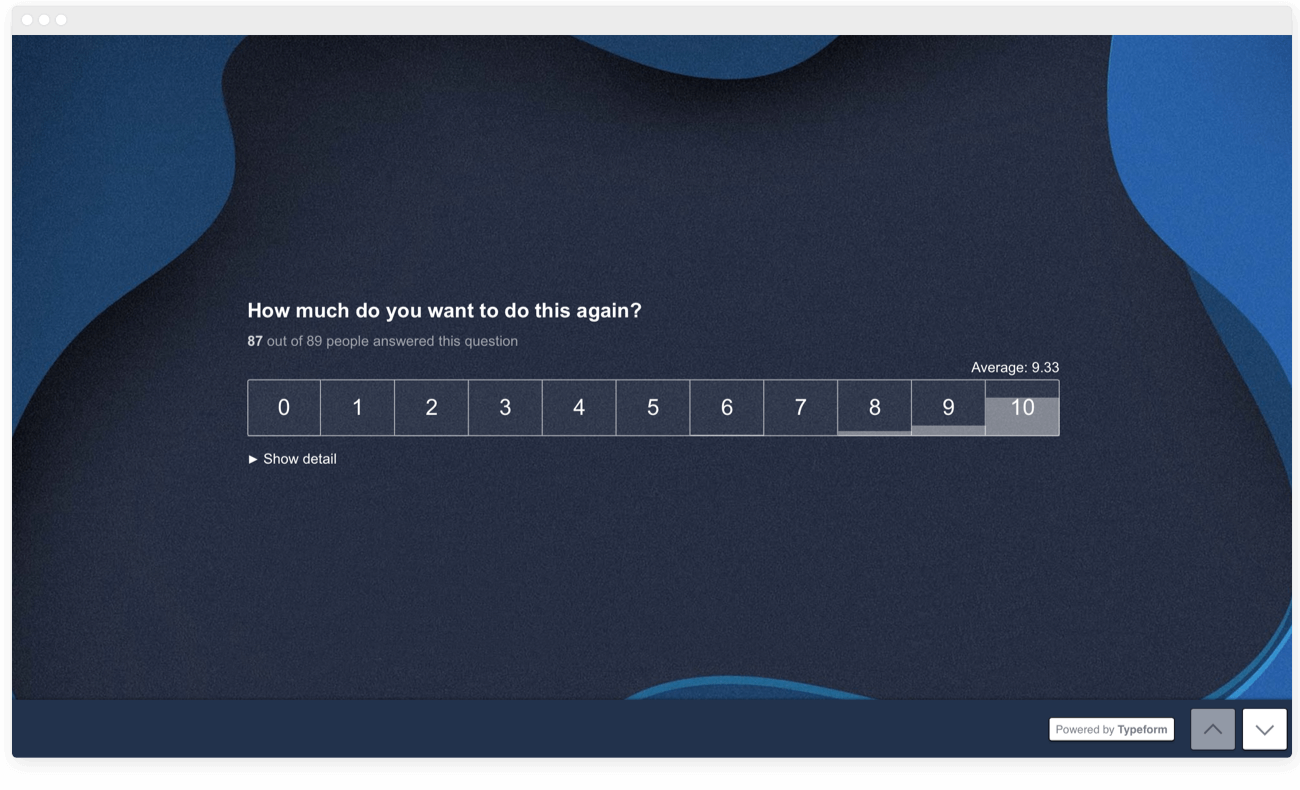Inside Story
Opening the door on the Typeform Challenge
What happens when you give staff two full days to innovate?<br>

How do you build 13 mini-products, add 9 new features to your core product, and kick-start voice commands and artificial intelligence in just 36 hours?
You set a challenge.
Then you let your whole company self-organize into small groups. Give people food, spaces to focus, and developer tools. Throw in a small marketing budget, some Nerf wars, and permission to ditch normal responsibilities for two days.
And then watch all the little miracles happen.
Those were the bones of our recent Typeform Challenge. Now for the details.
Clear your calendars
Hackathons are like collaborative Olympics where software developers can flex their creative and technical muscles. They pick a problem then code a solution from scratch—could be a new mobile app, a website, a flying robot.
You could call our event a company-wide hackathon. We named it the Typeform Challenge.
For non-techies, it’s basically a time to deprive your dev community of sleep and watch them sweat out solutions that would normally take an entire quarter to make.
But seriously, what’s the point?
Consider this: The Facebook “Like” button and Facebook Chat were both developed during company hackathons. And messaging app GroupMe—acquired by Skype for $80 million in 2011—was also birthed at a hackathon.
There was another motive: we’re about to release some brand new developer tools, full of API-related goodies.
By adding native integrations to the platform, outside developers can let their imaginations run wild as they hook up Typeform’s conversational interface to their favorite apps, and create new apps of their own. And we wanted to let our staff have the first shot.
But this hackathon wasn’t just for devs.
Getting everyone involved
We know that products fly when they solve a problem that people need, and when the target market discovers and validates proposed solutions.
So for the Challenge, the whole company was “encouraged” to participate. We didn’t just want teams of techies.
Because to make a business fly, you need people who understand the market, teams with technical skills, and voices to create buzz around a product. And those people are scattered throughout the entire company.
But most important was getting people together who wanted to work on the same problem. With just a few rules:
- Time. We had 36 hours to pull it off. It started Wednesday morning with coffee and croissants at the bar, presenting ideas at 8 pm the following day. Office sleepover optional.
- People. We aimed for five people per team. A few teams had less, a few had an extra person floating in and out.
- Budget. Each team had $100 to spend. Some bought domains. Others invested in Facebook ads. Our group spent it on cabs across Barcelona to shoot a video.
- Pitch. Each team would have three minutes to pitch their idea at the end of day two. A chance to demo prototypes, show off marketing material, and reel through any data collected.
So how did we prepare?
Building teams around problems
When you first have an idea, you usually focus on the solution. But:
1. Love the problem, not the solution
To get the ball rolling, we created a Trello board where people could add their project ideas. Thoughts from everyone and in every direction were encouraged.
But not all ideas are equally viable. Great products start with problems. Someone identifies a need or shortcoming in the market—often they start off by scratching their own itch.
And then they validate their idea in three steps:
- Validate the market. Do people actually have the problem you’re trying to solve?
- Validate your solution. Can you offer a solution that people actually want to use?
- Build a minimum viable product (MVP). Invest the minimum amount of resources needed to test your hypothesis.
Idea validation was among the criteria that judges (yes, we even had judges) used to evaluate the final projects. Here are some others:
- Value of the product and its potential market (with supporting data)
- Product design
- Technology used
- Buzz created around the product during the hackathon
- How well the team worked together
And people were especially encouraged to form teams with others they don’t normally work with.
2. Forming teams
In the end, we had 23 teams.
Some were focused on specific use cases for personas or jobs-to-be-done—problems felt by marketers, HR, administration, customer success, and product teams. Ideas included monitoring the progress of agile teams, measuring employee engagement in real time, or creating financial tracking systems.
Other teams focused on platform enhancements and new features that could be used by all Typeform users. Things like voice integration, viewing results from multiple devices, or even augmented reality.
The big day
On the day of the Challenge, teams claimed their corners of the office and dove in. Everyone seemed to have their own method.
Some groups started by delegating tasks, others jumped into some serious whiteboard brainstorming.
Before lunch, a handful of people had already created multiple landing pages, sketched intricate wireframe app designs, and built entire augmented reality environments.
Then the fun distractions started. There were water balloon fights, a swimming pool, and mural painting on the terrace.
But with so many people nerding out on their projects, attendance for the fun stuff was lower than expected. Still, people got wet, people got messy, people had fun. But most of all, people took their projects pretty damn seriously.
The night shift was another story. More Typeformers were ready to release during the massive Nerf gun war all over our MC Escher-esque office.
And the winner is…
An hour before presentations started, the judges walked around to ask groups a few questions. Judges were from around the company with expertise in everything from business strategy to APIs.
Then we all got together in the Agora for our three-minute presentations. We enforced that rule by arming the audience with Nerf guns.
Whenever a team went over their time limit, 30-odd foam bullets pelted them on stage. We all learned a valuable lesson in the importance of brevity, along with:
(a) clearly identifying target customers and their jobs-to-be-done
(b) validating hypotheses by collecting data
Then the judges met to deliberate. They returned, called for a ceasefire—picture Nerf bullets zooming across the room—and announced the winner.
… drum roll…
Team tAIpeform!
Their idea: a machine learning algorithm that instantly turns any list of questions into a typeform.
Their basic assumption? People build similar forms everyday—contact forms, medical surveys, product feedback forms, education surveys, and so on. So if thousands of these forms already exist, why should a user need to spend time making one of their own? We all tested the prototype and it worked. Amazing stuff, guys.
But they weren’t the only winners. There were lots of great ideas, many of them viable. And nearly 20 groups tapped Typeform’s new developer tools to build prototypes and core features. You’ll be hearing more about these soon.
And because we’re Typeform, we sent out feedback typeforms to gauge how people felt about the event. The results speak for themselves:
So in the end, the Challenge was a huge success. And full of value:
- Cultural value: encouraging innovation, collaboration, empathy for the end user, and an entrepreneurial spirit.
- Business value: validating ideas, testing new services, exploring new markets.
- Human value: giving people time, resources, and autonomy to focus on problems they’re passionate about.
Isn’t that why we’re in business? To create products people need, companies that thrive, and teams that work together on projects that matter.
Want to see what else we’ve been up to?
Check out how we built our first mobile app and created a conversational article that talks back to you.











